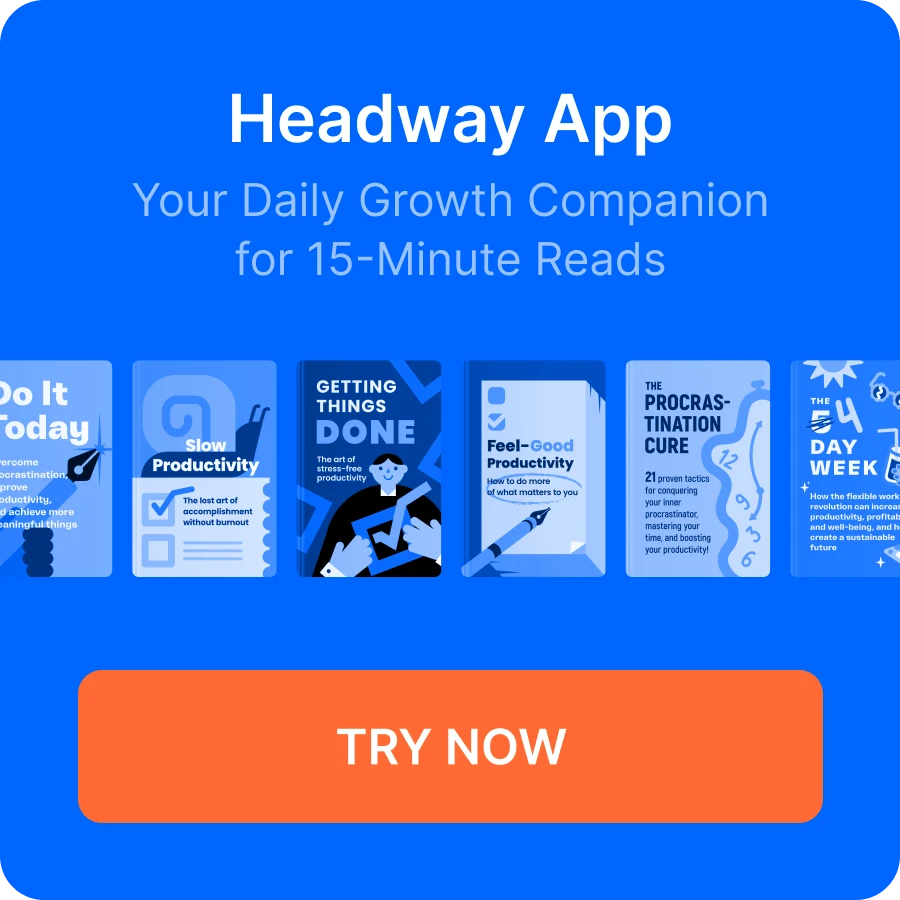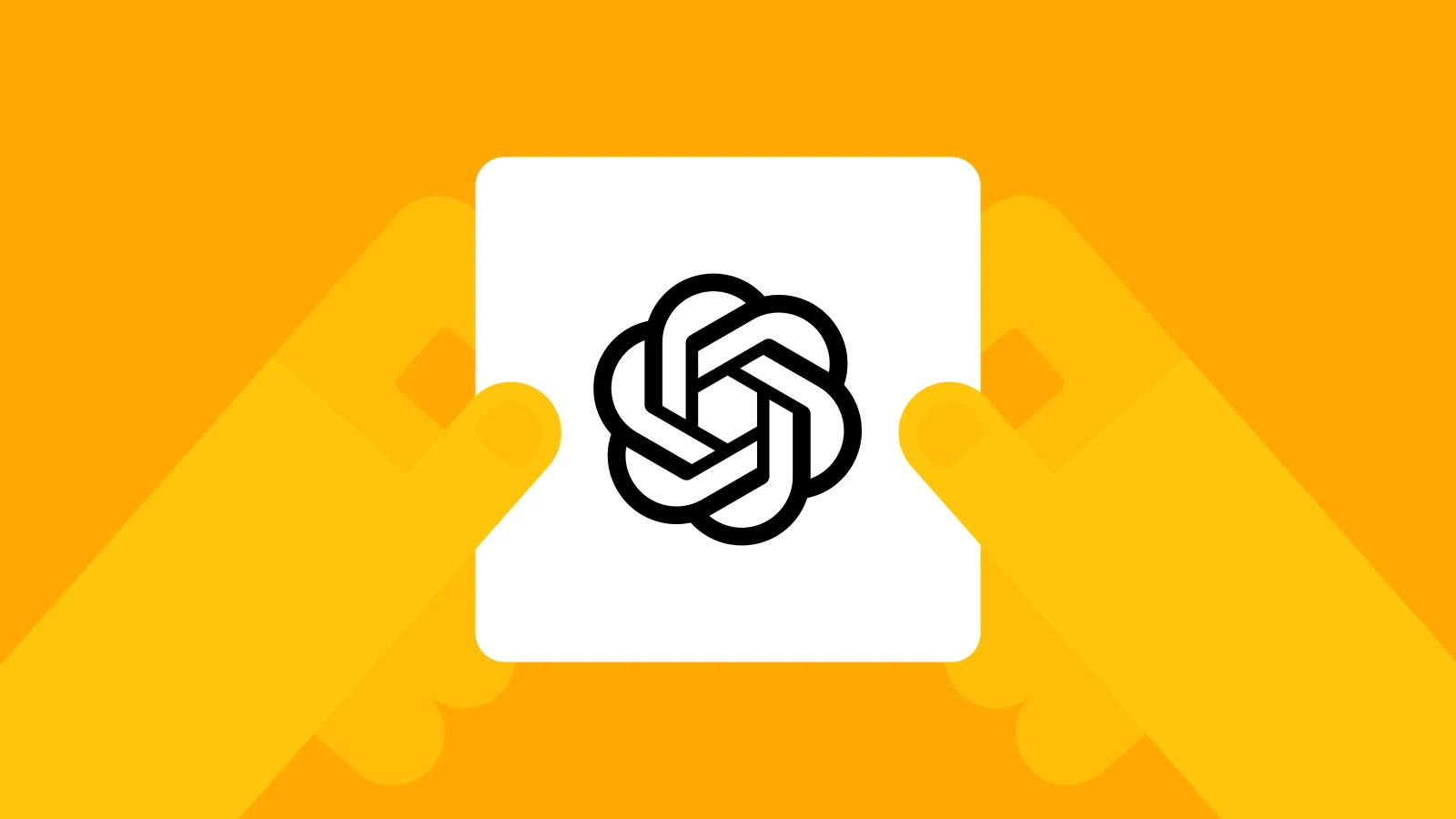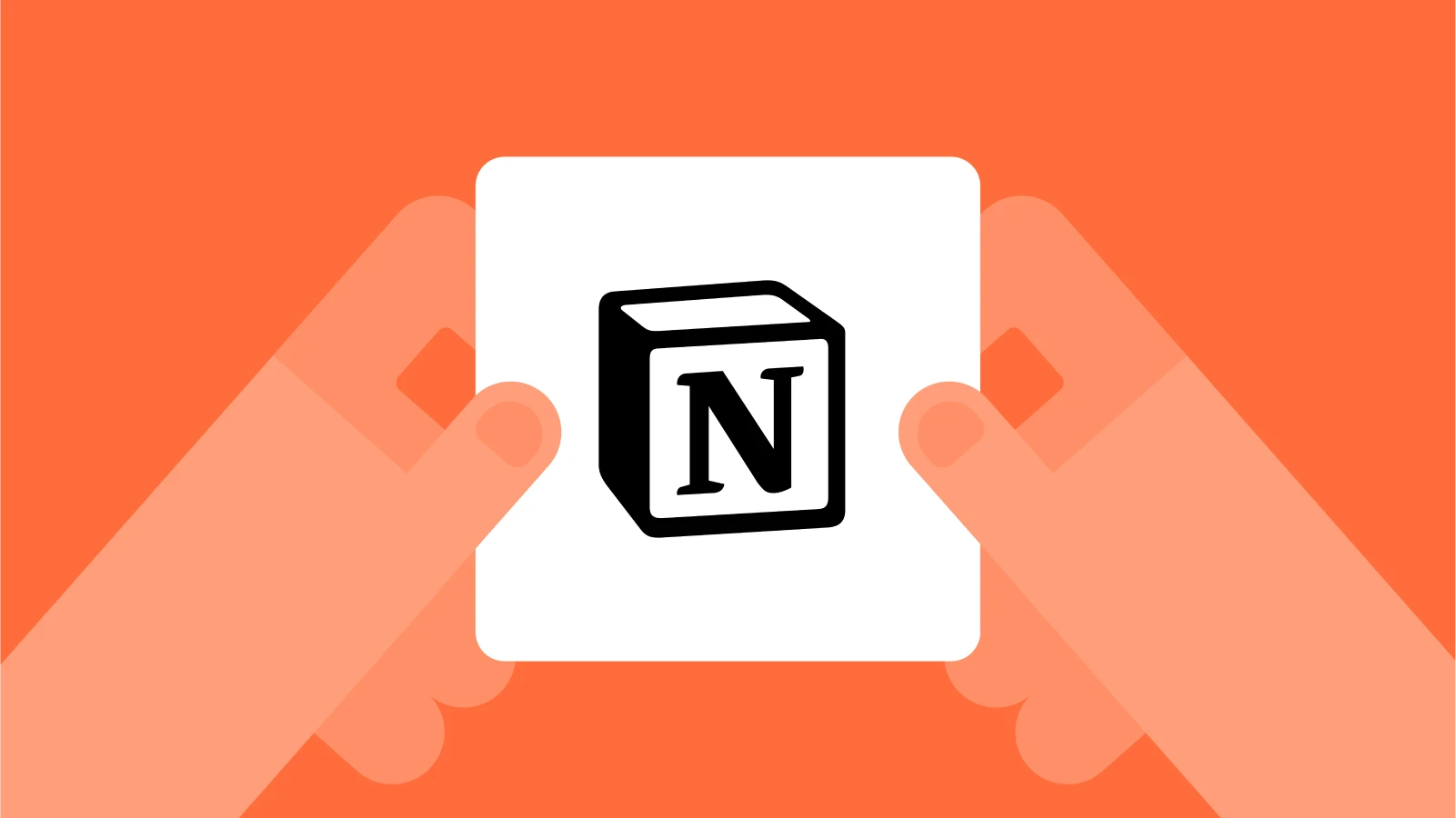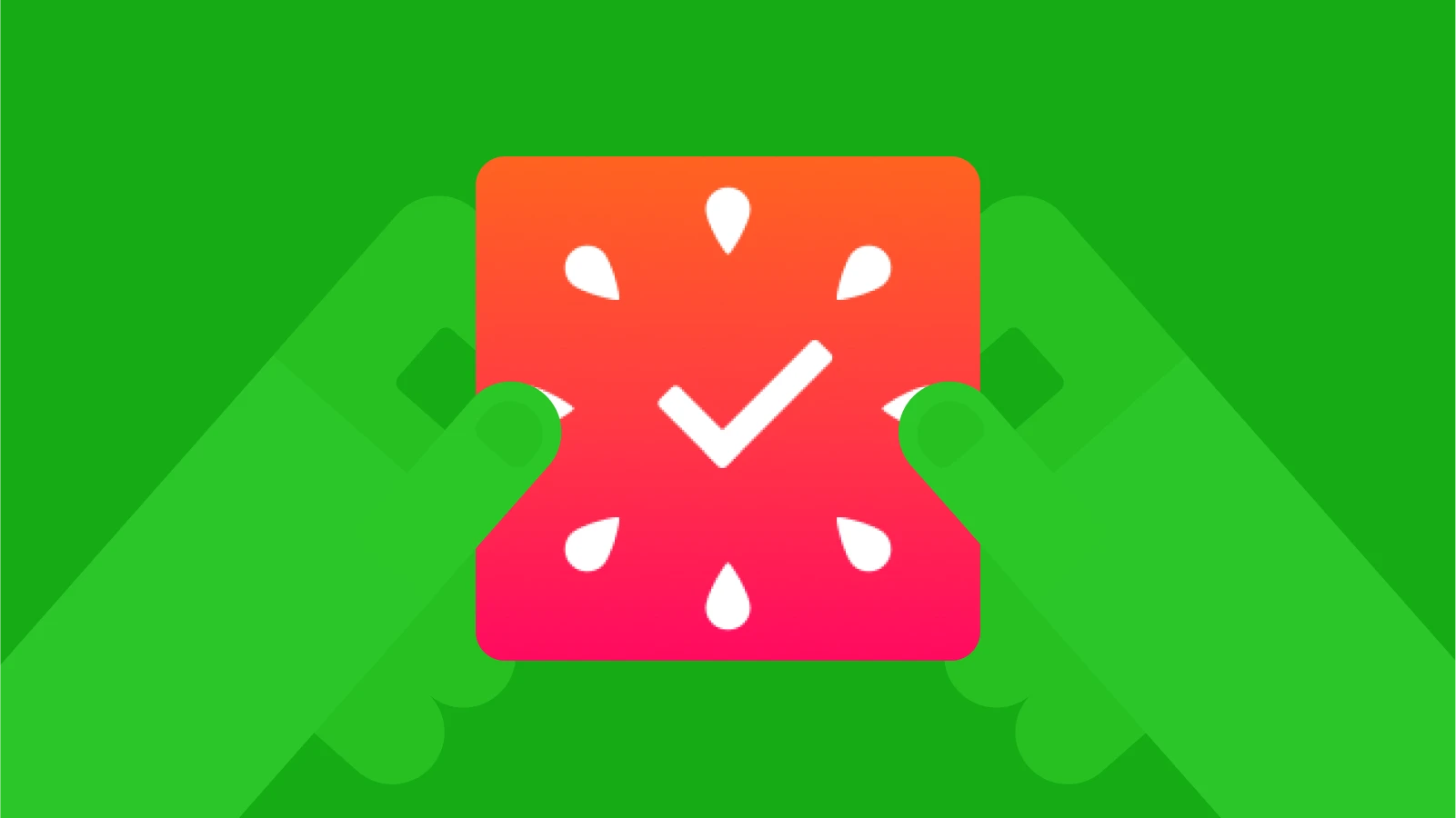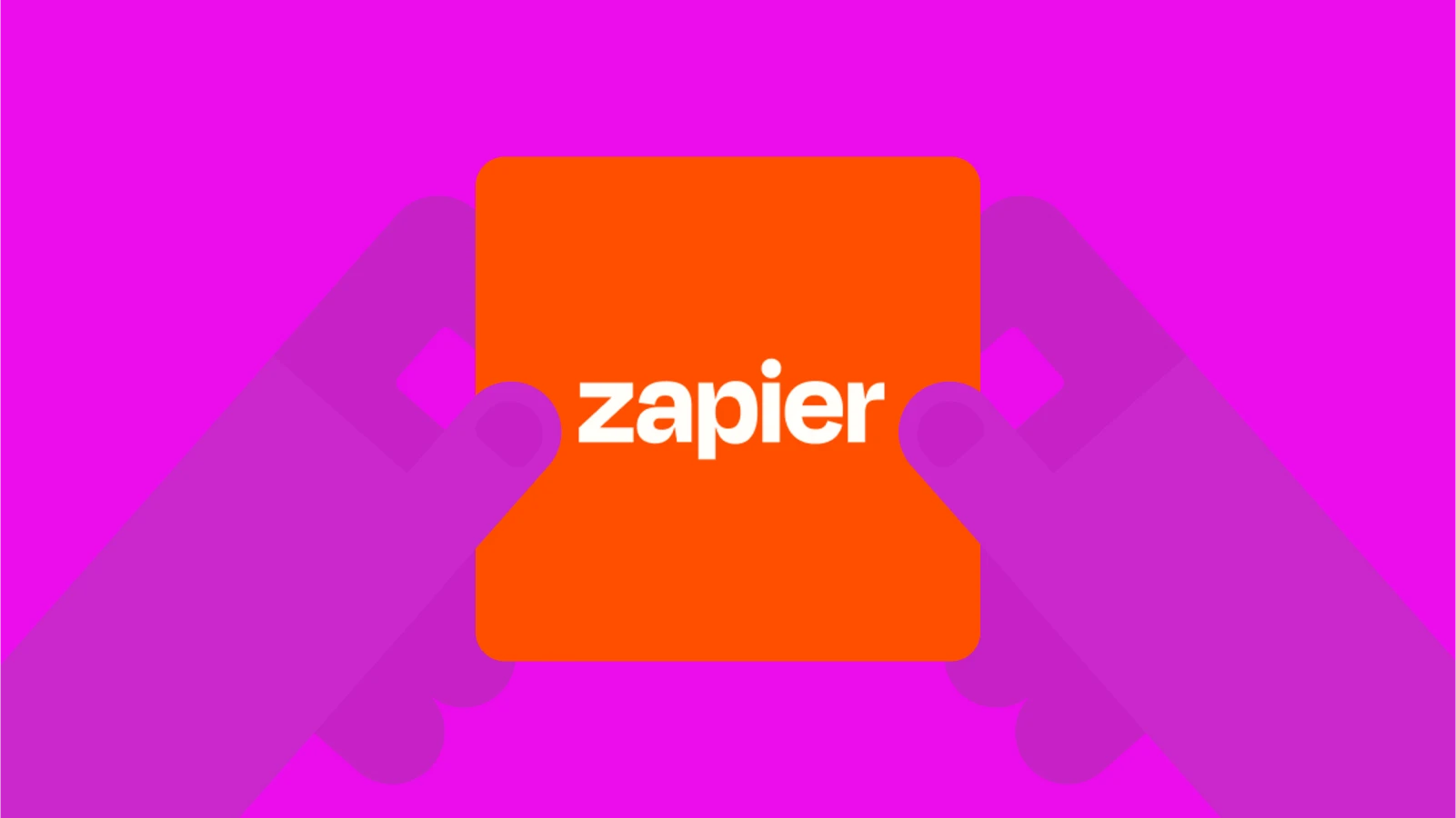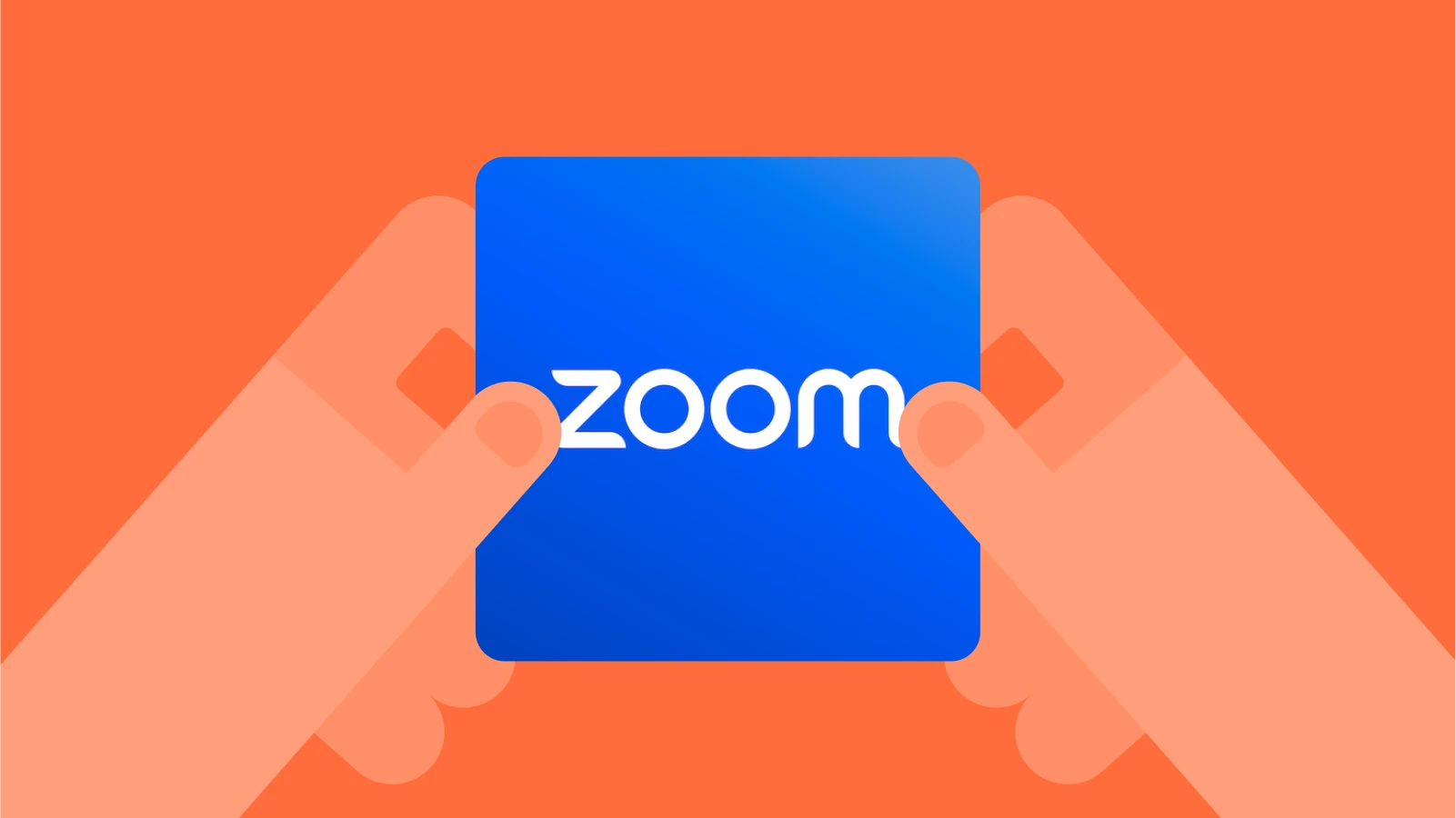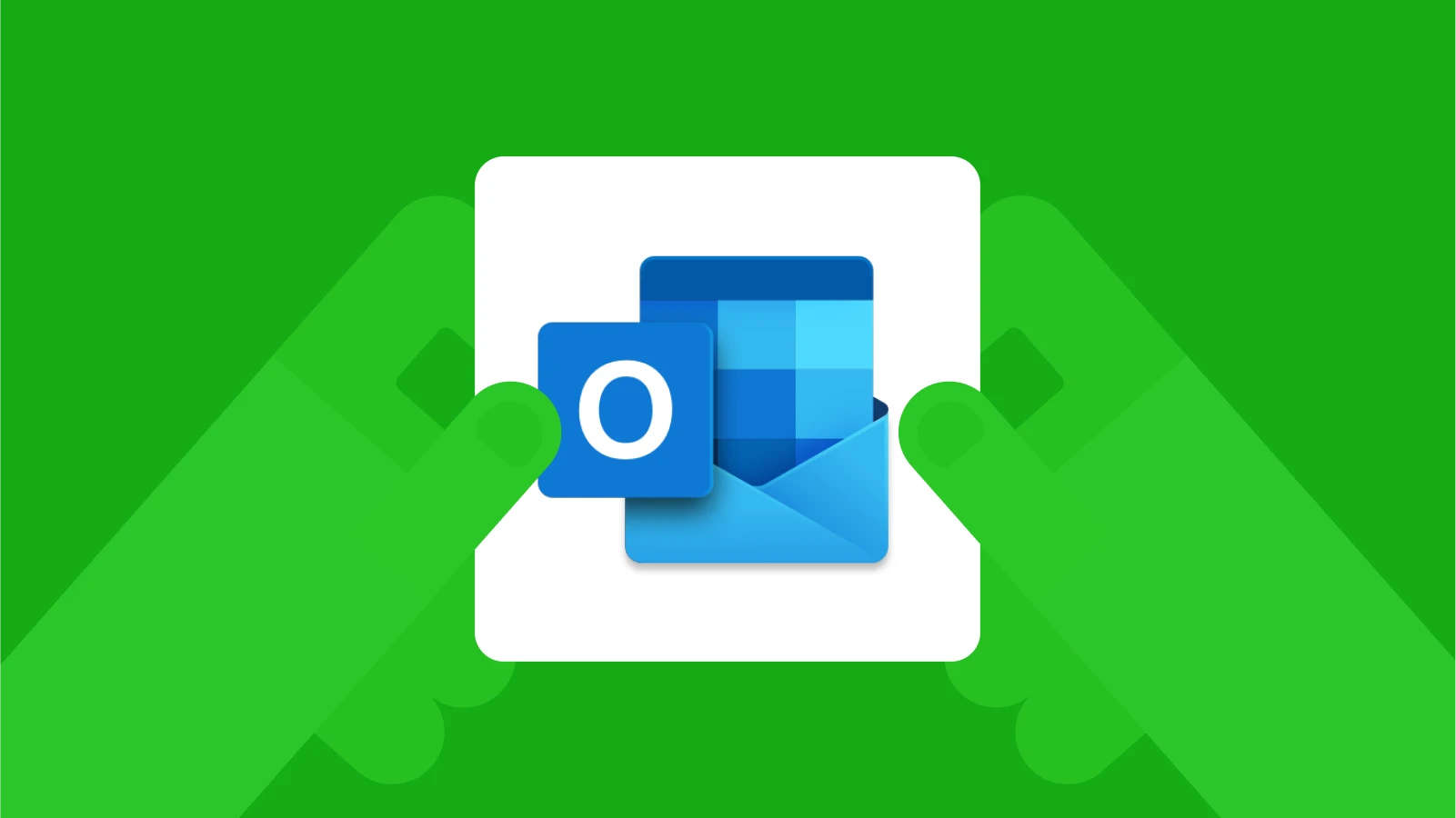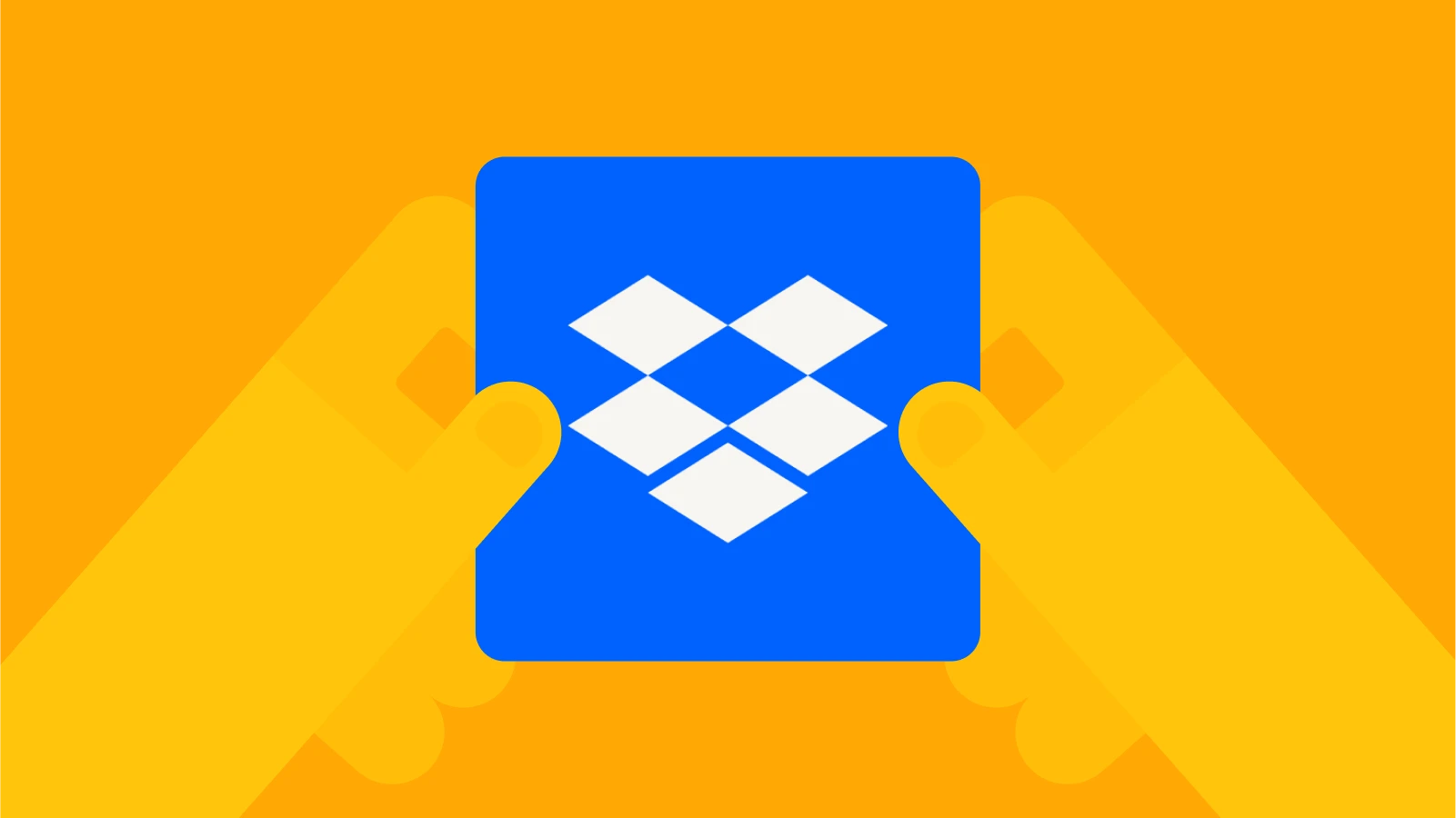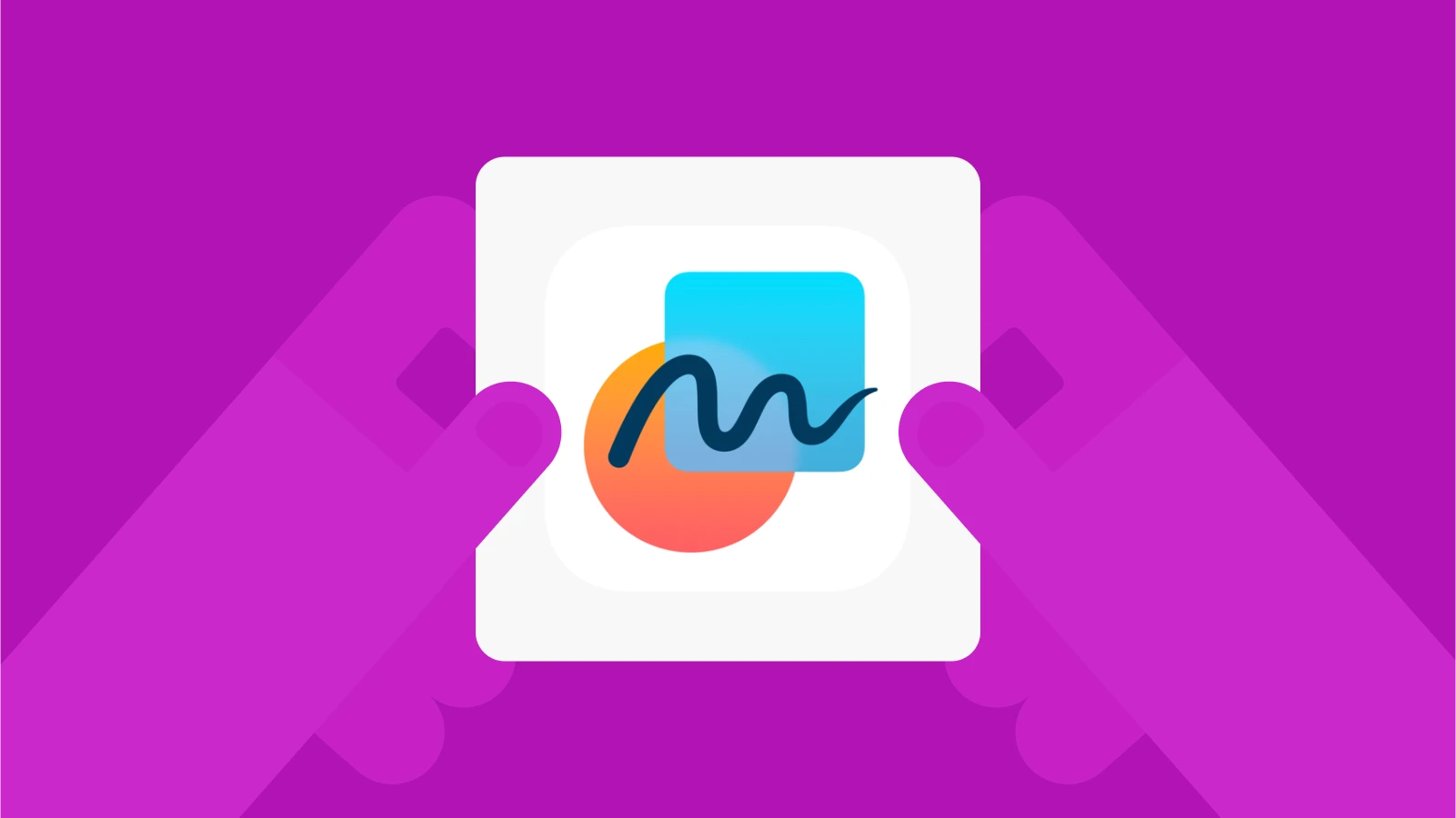Want to update your apps and improve performance? This guide covers learning tools, time management apps, project organizers, and more — all with the latest features and pricing as of 2025.
Productivity apps keep evolving (hello, unlimited Zapier workflows and OpenAI's new model GPT-5!), so we've verified every detail to make sure you're getting current information.
Plus, we'll show you how Headway fits into your productivity toolkit as a trusted companion that turns learning into a daily habit. Because while apps organize your tasks, Headway feeds your mind with insights from the world's best books in just 15 minutes a day.
Quick answer: What are the best free productivity apps for your goals?
| Your goal | Top productivity apps | What makes them special |
|---|---|---|
"I need to focus better" | Forest, Focus To-Do, Be Focused | Gamified focus sessions, Pomodoro timers, social media app blocking to keep you on track. |
"I want to learn something new daily" | Headway, NotebookLM, Perplexity | Actionable insights, research with cited sources. |
"I can't track where time goes" | Clockify, Toggl Track | Unlimited time tracking, automatic suggestions, team reports. |
"My tasks are all over the place" | Notion, Todoist, TickTick, Clickup | All-in-one workspaces, natural language input, habit tracking built-in. |
"I waste time in meetings" | Zoom + TL;DV, Google Meet | 40-60 minute free meetings with AI transcription and summaries. |
"I want to use AI in my work" | ChatGPT, Claude, Gemini | Free AI assistants for writing, coding, research, creative projects. |
"My team needs better coordination" | Slack, Asana, Trello, Google Spreadsheets | Unlimited users, visual project boards, real-time collaboration. |
"I do the same tasks repeatedly" | Zapier, Make.com, n8n | Connect 7,000+ apps and automate workflows without coding. |
"I'm always running out of storage" | Google Drive, Dropbox, Box | 15GB free (Google), real-time sync, and document collaboration. |
"I think better visually" | Miro, Freeform, OneNote | Infinite canvas, mind mapping, real-time brainstorming boards. |
35 best productivity apps of 2025
From AI assistants that think alongside you to project management tools that keep your team in sync, these free apps prove that free doesn't mean limited!
Best free learning-oriented productivity tools
1. ChatGPT
ChatGPT is an AI-powered conversational assistant developed by OpenAI. It uses language models to generate human-like text responses. ChatGPT assists with generating creative ideas, coding, text, research, and images.
Best for:
Individuals seeking quick answers or brainstorming ideas
Professionals needing assistance with writing, coding, or problem-solving
Students looking for tutoring or detailed explanations
Content creators who want help with creative projects
Key features:
10-60 messages with GPT-4o every 5 hours (free tier)
File uploads, web browsing for real-time information
DALL-E image generation
Canvas collaborative workspace for writing and coding
Where it can be downloaded:
Web version accessible via any browser
Desktop apps for Windows 10+ and macOS 14 on Apple Silicon
Mobile apps for iOS and Android
No official Linux support
What you need to know before starting:
Creating an OpenAI account is required with email or phone verification
Free tier message limits reset every 5 hours
ChatGPT Plus ($20/month) provides 80 messages to GPT-4o per 3 hours
ChatGPT Pro ($200/month) offers unlimited GPT-5 access for power users
📘 Want wisdom instead of just answers? Try Headway for ideas from bestsellers you can use today.
2. Claude
Claude is Anthropic's AI assistant that excels at thoughtful analysis and creative tasks. It handles complex documents and provides responses that feel more like talking to a knowledgeable colleague than a machine.
Best for:
Writers and editors who need detailed feedback
Developers working with code review and debugging
Researchers analyzing long documents
Key features:
200,000-token context window for long documents
Vision capabilities for image analysis
Paid plans (like Pro Plan for $20/month or Max Plan for $100/month) provide features like Projects and Artifacts for creating and editing content
Where it can be downloaded:
Web version at claude.ai
iOS mobile app
Android app (launched August 2025)
API access for developers
What you need to know before starting:
The free tier has daily message limits that reset periodically
Claude Pro ($20/month or $17/month annually) provides 5x more usage
Can browse the web, but can't generate images
3. Gemini
Gemini is Google's AI assistant that seamlessly integrates with your Google Workspace. It turns your Drive, Gmail, and Spreadsheets into an interconnected powerhouse with AI at the center.
Best for:
Google Workspace users who want integrated AI
Students and researchers requiring document analysis
Teams already using Google services
Key features:
Generous daily Search grounding quotas that may vary by account
Direct integration with Google Drive, Docs, and Gmail
File uploads supporting up to 1,500 pages
Custom Gems (personalized AI assistants)
Deep Research for comprehensive topic exploration
Where it can be downloaded:
Web version at gemini.google.com
Android and iOS apps
Built into Google Workspace apps
Chrome extension available
What you need to know before starting:
Works best if you're already using Google services
Privacy settings affect how it accesses your Google data
Google AI Pro ($19.99/month) includes Gemini 2.5 Pro and 2TB storage. Google AI Ultra ($29.99/month) adds video generation and 30TB storage
4. Perplexity
Perplexity combines AI conversation with real-time web search, always providing sources for its answers. It's like having a research assistant who never makes claims without backing them up.
Best for:
Researchers who need cited sources
Students writing papers
Professionals fact-checking information
Anyone who values accuracy with citations
Key features:
Unlimited quick searches with citations
Real-time web access for current information
File uploads for analysis
5 daily Pro searches with advanced AI models (resets at 24 hours)
Where it can be downloaded:
Web version accessible anywhere
iOS and Android mobile apps
Chrome extension for quick searches
Desktop apps available
What you need to know before starting:
Sources are always visible, making fact-checking easy
Perplexity Pro ($20/month) offers 300+ Pro searches daily
Perplexity Max ($200/month) provides unlimited Labs usage
📘 Want ideas that stick? Try Headway for book wisdom you'll actually use.
5. NotebookLM
NotebookLM is Google's experimental AI tool that transforms your documents into interactive study materials. Upload your sources and watch it create study guides, FAQs, mind maps, and even podcast-style audio discussions.
Best for:
Students creating study materials
Researchers organizing reviews
Content creators who need audio summaries
Teams that want to understand complex documents quickly
Key features:
100 notebooks with 50 sources each (free tier)
AI-generated podcast summaries (3 daily)
50 chat queries daily
Automatic FAQ and study guide creation
Multi-document cross-referencing
Where it can be downloaded:
Web version only at notebooklm.google.com
Works on any device with a browser
iOS and Android mobile apps
What you need to know before starting:
Currently free
Supports file types like PDFs, Google Docs, copied text, and links from websites or YouTube
Audio generation can take several minutes
NotebookLM Plus ($20/month via Google One AI Premium) offers 500 notebooks
6. Headway
Headway transforms bestselling nonfiction books into 15-minute summaries you can read or listen to anywhere. It's your pocket library of big ideas, making learning a daily habit instead of a distant goal.
Best for:
Busy professionals who want to stay informed
Lifelong learners with limited reading time
Commuters who want productive travel time
Anyone building a daily learning habit
Key features:
2,000+ book summaries in the app across all categories. Audio and text formats for every summary
A limited book summaries library available for free in a web version without registration
Daily insights and personalized recommendations
Progress tracking and achievement system
Where it can be downloaded:
iOS and Android mobile apps
Web version available on https://app.makeheadway.com/auth/log-in
What you need to know before starting:
The free version offers one summary daily
A 7-day free trial unlocks the full library
Premium plans: $12.99/month or $89.99/year
7. HeyGen
HeyGen is one of the most intuitive AI video generators for turning text, notes, or scripts into clear, presenter-style learning videos. Instead of filming yourself or editing clips manually, you simply type what you want to teach and HeyGen creates a polished video with a realistic AI avatar, natural voice delivery, and accurate lip-sync.
Best for:
Students creating study explainer videos
Educators producing lessons without filming
Teams building training modules
Content creators summarizing research
Key features:
Create videos from text, images, or audio
Lifelike AI avatars with expressive delivery
175+ languages with localized lip-sync
Easy editor with templates and brand options
Where it can be accessed:
Web version on any device
No download required
What you need to know before starting:
Free plan allows 3 videos per month
Paid plans (starting at $29/month) unlock advanced avatars, longer videos, and 4K export
Best free apps for project management
8. Notion
Notion combines notes, databases, kanban boards, and wikis into one flexible workspace. It's like digital LEGO blocks for productivity! You can build whatever system works for you, plus integrate other tools like Google Calendar, Slack, GitHub, etc.
Best for:
Solopreneurs managing everything in one place
Students organizing notes and projects
Small teams that need a knowledge base or project management system
Content creators planning and tracking
Key features:
Unlimited pages and blocks for personal use
Database views (table, board, calendar, gallery)
Templates for every use case
Real-time collaboration
Where it can be downloaded:
Windows and Mac desktop apps
iOS and Android mobile apps
Web version for any browser
API for custom integrations
What you need to know before starting:
Free plans with 2+ owners have a 1,000 block limit, counted since signup. Deleting blocks doesn't reduce it
The free plan allows up to 10 guests. Plus plan ($10/user/month) supports 100 guests
AI features require a Business plan ($20/user/month) after trial
9. Todoist
Todoist turns natural language into organized tasks. You can type "meeting tomorrow at 2pm" and it knows exactly what you mean.
Best for:
Individuals who want a simple task organizer
People who think in natural language
Cross-platform users
GTD (Getting Things Done) practitioners
Key features:
Natural language input
Five personal projects on a free tier (300 tasks per project)
Basic collaboration features
Karma productivity tracking
Cross-platform sync
Where it can be downloaded:
Windows, Mac, and Linux apps
iOS and Android apps
Browser extensions available
Web version for any browser
What you need to know before starting:
Limited to 5 personal projects on a free plan
Pro ($4/month) unlocks unlimited projects
Business ($6/month) for team features
Three custom filters on the free tier vs 150 on paid plans
📘 Want to organize your growth, not just your tasks? Try Headway for daily insights that move you forward.
10. TickTick
TickTick combines task management with habit tracking and a Pomodoro timer. It's an all-in-one productivity system that grows with your needs.
Best for:
People who want tasks and habits together
Calendar-focused planners
Students managing assignments
Anyone building new routines
Key features:
Nine lists on a free plan (99 tasks per list, 19 subtasks per task)
Built-in habit tracker
Pomodoro timer integration
Calendar view
Voice input for tasks
What you need to know before starting:
Habit tracking is included for free
Premium ($35.99/year or ~$2.99/month) removes all limits
Full calendar functionality requires a premium
11. Asana
Asana offers professional project management for free to teams of up to ten people. It's perfect for multiple projects, and you can start using Asana without special training.
Best for:
Teams that need real project management
Marketing fellows tracking campaigns
Product teams managing development
Key features:
Free for up to 10 users (reduced from 15 in 2025)
Unlimited tasks and projects
List, board, and calendar views
Dashboard and reporting
Custom fields and ready-to-use templates
Integrations with 200+ tools
Where it can be downloaded:
Windows and Mac desktop apps
iOS and Android mobile apps
Web version available
What you need to know before starting:
Timeline (Gantt) view requires a Starter plan ($10.99/user/month)
Forms and custom fields need paid plans
Advanced features at $24.99/user/month
12. Trello
Trello pioneered the kanban board approach to project management. Its visual simplicity makes complex projects feel manageable.
Best for:
Visual thinkers and planners
Content calendars and editorial workflows
Event planning and coordination
Agile and Scrum teams
Key features:
Unlimited personal boards
10 boards per workspace on a free plan
Drag-and-drop card management
Butler automation (250 command runs monthly for free)
Unlimited Power-Ups (since 2025)
Where it can be downloaded:
Windows and Mac desktop apps
iOS and Android mobile apps
Web version available
What you need to know before starting:
Limited to 10 boards per workspace on a free tier
Standard plan ($5/user/month) increases automation to 1,000 runs. Premium ($10/user/month) offers unlimited automation
File attachments are limited to 10MB on the free plan
13. Kanban Tool
Kanban Tool offers pure Kanban methodology without extra complexity. It's laser-focused on visual workflow management.
Best for:
Kanban methodology purists
Manufacturing and production teams
Small teams that want simplicity
Visual workflow optimization
Key features:
Real-time collaboration
Time tracking is built in
Analytics and reports
Card templates
Swimlanes for organization
Where it can be downloaded:
Web version only
Mobile web interface available. No dedicated mobile apps
API for integrations
What you need to know before starting:
Free plan includes two boards, two users, and no file attachments
Paid plans: Team €6/$6 and Enterprise €11/$11 per user/month
📘 Want to plan your personal growth like a project? Try Headway for bite-sized lessons that build momentum.
14. Evernote
Evernote pioneered digital note-taking but has fallen behind competitors. The free tier restrictions make it hard to recommend for serious use.
Best for:
Long-time users with existing content
Basic note-taking needs
Web clipper users
Document scanning (mobile)
Key features:
Note organization with notebooks
Web clipper for saving articles
Document scanning with OCR
Basic search functionality
Templates for common notes
Where it can be downloaded:
Windows, Mac, and Linux apps
iOS and Android apps
Web version available
What you need to know before starting:
Severely limited to 50 notes and one notebook on the free plan
Only one device can sync on the free tier (major limitation)
250MB monthly upload limit (increased from 60MB)
Personal plan ($129.99/year) removes restrictions
Best free focus and time-management apps
15. Focus To-Do
Focus To-Do combines the Pomodoro Technique with comprehensive task management. It turns your to-do list into focused work sessions, helping you accomplish more while avoiding burnout.
Best for:
Students managing study sessions
Remote workers fighting distractions
Anyone struggling with task completion
Teams that need shared productivity tracking
Key features:
Unlimited tasks and projects on a free tier
Cross-platform synchronization (requires premium)
Pomodoro timer with customizable intervals
White noise and focus sounds
App blocking feature with a whitelist (premium)
Where it can be downloaded:
Windows and Mac desktop apps
iOS and Android mobile apps
Chrome and Edge browser extensions
Web version for any browser
What you need to know before starting:
The new feature prevents phone distractions during focus time
Basic premium starts at $1.99, lifetime access at $11.99 (prices vary by store/region)
App blocking feature included in premium versions
16. Forest
Forest gamifies focus time by growing virtual trees while you work. Leave the app, and your tree dies. It's surprisingly effective at keeping you off your phone.
Best for:
Students battling phone addiction
Workers struggling with deep work
Environmental enthusiasts (real trees get planted)
Key features:
Virtual forest grows with your focus time
90+ tree species to unlock
Real tree planting (max five trees per user, 2,500 coins each)
Friend challenges and leaderboards
Tag system for tracking different activities
Where it can be downloaded:
iOS and Android mobile apps
Chrome extension (free)
What you need to know before starting:
The Android free version includes ads; Pro upgrades are available
The iOS version requires an upfront payment ($3.99), no free option
Partnership with Trees for the Future planted 1.5+ million real trees
Whitelist allows certain apps during focus time
17. Time Champ
Time Champ is a workforce intelligence platform with built-in time and productivity monitoring features. It is built for teams and agencies of all sizes, helping you gain clear insights, automate daily work, and manage workflows effortlessly.
Best for :
Professionals that desire to have time management
Managers monitoring productive and unproductive time.
Employees who want to be more focused at work.
Office teams with numerous tasks, deadlines and workloads.
Key features:
Workforce Analytics
Time management and Task tracking
Productivity monitoring
Automatic Time Tracking
Field Employee Management
Where it can be downloaded:
Windows and Mac desktop apps
Web version for any browser
Android mobile app (iOS support available)
What you need to know before starting:
Free trial available to explore features
Paid plans begin at $3.9/user/month.
Higher plans have advanced analytics and workforce intelligence.
18. Be Focused
Be Focused brings clean, simple Pomodoro timing to Apple devices. Its minimalist design philosophy means less time fiddling with settings and more time getting work done.
Best for:
Mac and iOS users who want native apps
Minimalists who prefer simple tools
Individuals tracking personal productivity
Apple ecosystem fans
Key features:
Clean Pomodoro timer interface
Task list integration
Daily goal tracking
Break reminders
App/website blocking on Mac (Pro version)
Where it can be downloaded:
Mac App Store
iOS App Store
No Windows, Android, or Linux versions
Apple Watch app included
What you need to know before starting:
The free version handles basic timing needs
The Pro version enables cross-device sync and removes ads
Be Focused Pro costs $12.99 each for iOS and Mac ($25.98 total)
Apple-only limits team collaboration
19. Clockify
Clockify offers unlimited time tracking for unlimited users. Yes, even on the free plan! It's the most generous time tracking tool available. You can run unlimited projects with basic reporting, which is perfect for freelancers and growing teams.
Best for:
Freelancers tracking billable hours
Small businesses managing team time
Remote teams that need transparency
Anyone seeking detailed time analytics
Key features:
Unlimited users, projects, and clients on a free plan
Unlimited time tracking entries
Basic reporting and analytics
Timer and manual time entry
Team dashboard views
Where it can be downloaded:
Windows, Mac, and Linux desktop apps
iOS and Android mobile apps
Chrome, Firefox, and Edge extensions
Web version for any browser
What you need to know before starting:
Completely free for core time tracking
Basic paid plan starts at $3.99/user/month
Enterprise tier at $11.99/user/month includes SSO
Full Linux desktop app support available
📘 Tracking time is great — tracking growth is better. Try Headway for 15-minute lessons that compound daily.
20. Toggl Track
Toggl Track automates time tracking with smart suggestions and one-click timers. It learns your patterns and makes tracking almost effortless.
Best for:
Consultants who need accurate billing
Creative professionals tracking projects
Small teams (up to five users free)
People who often forget to track time
Key features:
Automatic time tracking suggestions
Pomodoro timer built-in
Offline time tracking
Basic reporting (two grouping levels on the free tier)
Where it can be downloaded:
Windows, Mac, and Linux desktop apps
iOS and Android mobile apps
Browser extensions for all major browsers
Web version available
What you need to know before starting:
Five user limit on the free plan
Starter plan ($10/user/month) needed for larger teams
Premium ($20/user/month) for advanced features
Native Linux desktop application available
Best free apps for automating workflows
21. Zapier
Zapier connects over 7,000 apps without coding. Its 2025 update removed workflow limits, making automation accessible to everyone.
Best for:
Non-technical users who want automation
Small businesses streamlining operations
Content creators managing multiple platforms
Anyone connecting to popular apps
Key features:
Unlimited workflows (Zaps) on all tiers (new in 2025)
100 tasks per month on a free tier
Two-step workflows only (free tier)
7,000+ app integrations
Pre-built templates
Where it can be downloaded:
Web-based platform only
Mobile app for monitoring
Chrome extension for web automation
What you need to know before starting:
Task limits can be reached quickly with active workflows
In 2025, it removed all Zap limits across tiers
Multi-step workflows need a Professional plan ($29.99/month)
22. n8n
n8n provides unlimited automation when self-hosted. It's the most powerful free option if you have technical skills.
Best for:
Developers and technical teams
Companies that want data control
Complex automation needs
AI and machine learning workflows
Key features:
Unlimited workflows and executions (self-hosted)
400+ integrations
Visual workflow builder
Code customization is possible
All plans include unlimited workflows and users
Where it can be downloaded:
Self-hosted via Docker or npm
Desktop app for local testing
Cloud version available (paid)
Source code on GitHub
What you need to know before starting:
Requires technical knowledge for self-hosting (Docker, 1GB RAM VPS minimum)
Cloud Starter costs $20/month for 2,500 executions
Fair-code license (not fully open source)
Docker and server management are needed
23. Make.com
Make (formerly Integromat) balances visual power with simplicity. Its visual approach makes complex automations understandable. No deep technical knowledge is needed.
Best for:
Non-technical users who want to optimize their processes
Data transformation needs
Multi-branch workflows
Key features:
1,000 operations monthly (free)
Three active scenarios maximum on the free tier
Visual workflow design
Routers and filters
Error handling
Where it can be downloaded:
Web-based platform. No desktop apps
Mobile apps for monitoring
API available
What you need to know before starting:
Operations are consumed quickly with complex workflows
Core plan ($9/month) provides 10,000 operations
Learning curve for advanced features
Best apps for work meetings
24. Zoom
Zoom has become the video calling standard for good reason. Even with its 40-minute limit, the free tier offers professional-grade features.
Best for:
Educators and trainers
Large group meetings
Webinars and presentations
Cross-platform teams
Key features:
40-minute meetings with 100 participants (free tier)
Screen sharing and annotation, breakout rooms
Local recording is only available on the free plan
Virtual backgrounds
Where it can be downloaded:
Windows, Mac, and Linux desktop apps
iOS and Android apps
Browser-based option
Google Chrome and Firefox extensions are available
What you need to know before starting:
40-minute limit for both 1-on-1 and group meetings on the free tier
Cloud recording needs Pro plan ($14.99/user/month)
AI Companion requires paid plans
25. Google Meet
Google Meet integrates seamlessly with Google Workspace. Perfect if you're already using Gmail and Calendar.
Best for:
Google Workspace users
International teams (useful translation feature)
Browser-based meetings
Key features:
60-minute meetings for groups, 24 hours for 1-on-1 (free tier)
100 participants maximum
Live captions in multiple languages
Screen sharing (no recording on the free tier)
Noise cancellation
Where it can be downloaded:
Web browser (no download needed)
iOS and Android apps
Chrome extension available
What you need to know before starting:
Works best with a Google account
Recording requires Business Standard ($12/user/month)
Gemini AI notes require an eligible paid account
Free tier doesn't include recording capabilities
📘 Meeting done? Try Headway to turn ideas into action with book summaries you can finish in 15 minutes.
26. Microsoft Teams
Microsoft Teams combines video meetings with persistent chat and file sharing. It's a complete collaboration platform, not just for video calls.
Best for:
Microsoft 365 organizations
Document-heavy collaboration
Persistent team communication
Hybrid work environments
Where it can be downloaded:
Windows, Mac, and Linux apps
iOS and Android apps
Web version available
Integrated into Office apps
Key features:
60-minute group meetings, 30-hour 1-on-1 calls (free)
100 participants
Chat persistence
File sharing (5GB per user)
Screen sharing
Recording (requires paid Microsoft 365 business plans)
What you need to know before starting:
Best with a Microsoft account
Advanced features need Microsoft 365
Best free apps for communication
27. Outlook
Outlook combines email, calendar, and contacts into a professional communication hub. Microsoft's continuous updates keep it competitive with modern needs.
Best for:
Business professionals
Microsoft ecosystem users
People managing multiple email accounts
Key features:
Focused inbox with AI sorting
Integrated calendar and tasks
15GB free email storage + 5GB OneDrive
Advanced search capabilities
Email templates and rules
Where it can be downloaded:
Windows and Mac desktop apps
iOS and Android apps
Web version (Outlook.com)
What you need to know before starting:
Attachment limits: 20MB (internet accounts), 150MB (Microsoft 365)
An ad-free experience requires a paid subscription
New Outlook for Windows is free; classic Outlook remains part of Microsoft 365
28. Slack
Slack revolutionized team communication with channels and integrations. Even the free tier handles small team needs effectively.
Best for:
Big and small remote teams
Startups
Project-based communication
Communities and groups
Key features:
Unlimited users on a free plan
Searchable message history
10 app integrations on the free tier
1-on-1 video calls
Where it can be downloaded:
Windows, Mac, and Linux desktop apps
iOS and Android apps
Web version available
What you need to know before starting:
Message history is limited to 90 days on the free tier; content older than one year is deleted
Only 10 app integrations on the free plan
Pro plan ($7.25/user/month) unlocks full history
Business+ ($15/user/month) includes 99.99% uptime SLA
29. Gmail
Gmail remains the email standard with powerful features and spam protection. Its AI features and integrations make it more than just email.
Best for:
Personal email users
Google ecosystem users
Small businesses starting out
Key features:
15GB storage
Industry-leading spam filtering
Labels and filters
Smart compose and reply
Where it can be downloaded:
Web version
iOS and Android apps
What you need to know before starting:
Storage shared with Google Drive and Photos
Google Workspace Business Starter ($7.20/user/month, varies by region) adds 30GB pooled storage
Ads are displayed in the free version
Attachment limits: 25MB sending, 50MB receiving
Best free storage apps
30. Dropbox
Dropbox pioneered cloud storage syncing and remains reliable despite limited free storage. It’s a quality over quantity approach.
Best for:
Light storage needs
File synchronization focus
Sharing with non-technical users
Document collaboration
Key features:
2GB free storage
File versioning (30 days)
Shared folders
Paper for documents
Where it can be downloaded:
Windows, Mac, and Linux apps
iOS and Android apps
Web interface
Browser extensions
What you need to know before starting:
Only 2GB of storage on the free tier
Three device limit on the free plan
Plus plan ($9.99/month) adds 2TB. Professional ($16.58/month) includes 3TB and a 180-day version history
31. Google Drive
Google Drive offers the most generous free storage at 15GB, plus unlimited collaboration on Google Docs, Sheets, and Slides.
Best for:
Google Workspace users
Document collaboration
Photo backup (via Google Photos)
Students and educators
Key features:
15GB free storage (market-leading)
Real-time collaboration
Version history
AI-powered search
Offline access
Where it can be downloaded:
Windows and Mac desktop apps
iOS and Android apps
Web interface
Built into Chromebooks
What you need to know before starting:
Storage is shared across Google services
Google One Basic ($1.99/month) adds 100GB
32. Box
Box targets enterprise users with security features, but the free tier has significant limitations for personal use.
Best for:
Business document management
Compliance-focused storage
Enterprise collaboration
Key features:
10GB free storage
Enterprise-grade security
Version history
Admin controls
Where it can be downloaded:
Windows and Mac apps
iOS and Android apps
Web interface
Integration with Office 365
What you need to know before starting:
250MB file size limit on uploads (major restriction)
Personal Pro ($10/month) for 100GB. Business plans start at $5/user/month
Best free apps for mind mapping
33. Freeform
Apple's Freeform offers unlimited canvas space for visual thinking. Works only within the Apple ecosystem.
Best for:
iPad users with Apple Pencil
Visual brainstorming
Creative professionals on Mac
Apple ecosystem teams
Key features:
Infinite canvas (completely free)
Real-time collaboration (up to 100 collaborators)
Handwriting support
Media embedding
iCloud sync
Where it can be downloaded:
Mac
iPad and iPhone
iCloud.com (limited)
What you need to know before starting:
Apple devices only (no Windows/Android)
Requires newer OS versions (macOS 13+)
No size limitations on boards
34. OneNote
Microsoft OneNote provides infinite notebooks for free, with excellent handwriting support and Office integration.
Best for:
Microsoft Office users
Note-taking and organization
Cross-platform note access
Key features:
Unlimited notebooks
Handwriting and drawing
Audio recording
Math equation support
Where it can be downloaded:
Windows and Mac apps
iOS and Android apps
Web version
Built into Windows
What you need to know before starting:
Sync requires a Microsoft account
5GB OneDrive storage on the free tier
Microsoft 365 ($69.99/year) adds 1TB storage
35. Whiteboard
Whiteboard brings collaborative drawing to Microsoft Teams and standalone use. Perfect for visual meetings and brainstorming.
Best for:
Team meetings brainstorming
Remote collaboration
Teaching and training
Design thinking sessions
Key features:
Unlimited boards
Infinite canvas size
Real-time collaboration
Templates and grids
Teams integration
Where it can be downloaded:
Windows 10/11 app
iOS and Android apps
Web version
Integrated in Teams
What you need to know before starting:
Best with a Microsoft account
Enhanced features with Microsoft 365 ($6-22/user/month)
Touch or pen input recommended
The standalone app is completely free.
📘 Brainstormed enough? Try Headway to fill your mental whiteboard with ideas from the world's best books.
36. Miro
Miro leads visual collaboration with powerful features and a generous free tier. It's the designer's choice for remote workshops.
Best for:
Design teams
Remote workshops
Agile planning
Strategic planning
Key features:
Editable boards. 5,000+ templates available
Unlimited team members
Video chat integration
Real-time collaboration
Where it can be downloaded:
Windows and Mac apps
iOS and Android apps
Web version
What you need to know before starting:
Only three boards on the free plan
Starter plan ($8/member/month) for unlimited boards
25 AI credits per member monthly on paid plans
37. Figma
Figma includes FigJam for whiteboarding alongside its design tools. Perfect for teams already using Figma for design work.
Best for:
Design teams
Product planning
User journey mapping
Creative brainstorming
Key features:
Three Figma and three FigJam files (free tier)
Unlimited collaborators
AI content generation
Design system integration
Version history
Where it can be downloaded:
Windows and Mac desktop apps
Web version
iOS and Android
What you need to know before starting:
File limits on the free tier (3 Figma + 3 FigJam). Limits vary by workspace
Organization tier is $55/month. Enterprise reaches $90/month
Make productivity a habit with Headway
Start small. Pick one or two apps that address your biggest pain points. Maybe it's Focus To-Do for better time management or Notion for organizing scattered notes. Master these before adding more tools to your stack.
Remember, apps are just tools, but the most important element is always you and your mindset. Building productivity isn't about having the perfect app setup. It's about creating sustainable habits that stick.
The key to lasting change? Make learning part of your daily routine. That's where Headway comes in. Instead of overwhelming yourself with entire books or long podcasts on productivity, you can get key insights in just 15 minutes per day.
Reading one book summary daily means 365 big ideas per year. That's transformative knowledge about productivity, habits, and success – all without the overwhelm of traditional reading.
Here are three productivity books to start with on Headway for free right now:
'Eat That Frog! 21 Ways to Stop Procrastinating and Get More Done in Less Time' by Brian Tracy
'Get Out of Your Own Way' by Dave Hollis
'Badass Habits' by Jen Sincero by Kevin Kruse
Choose collaboration tools for remote teams that support your goals, not complicate them. And most importantly, be patient with yourself as you build these new habits.
Productivity app fit test: Which free tools are right for you?
Answer each question with "Yes" or "No". At the end, you will see app recommendations based on your needs.
How to build your own productivity system
The productivity app landscape in 2025 offers dozens of free tools, but the key to success is choosing the right ones for your specific needs and using them consistently.
For most people, a simple stack works best: an AI assistant like Claude or Gemini for quick help, Notion for project organization, a focus app like Forest or Focus To-Do for time management, and Headway for continuous improvement on the go.
The best productivity system is the one you'll actually use. So, pick your tools and focus on consistency over complexity. Your future productive self will thank you.
Frequently asked questions about the best apps for productivity
What is the best tool for productivity?
Notion stands out as the top productivity tool in 2025. This AI-powered app intelligently auto-schedules your tasks, integrates multiple calendars, and adjusts priorities when life happens. It doesn’t offer a free plan, but provides a free trial.
Do people pay for productivity apps?
Absolutely! Many people invest in productivity apps that deliver real value. When apps help you prioritize better, streamline workflows, or eliminate daily friction, the subscription feels worth it. The key is finding tools that improve your efficiency, not just add another notification to ignore.
Is ChatGPT a productivity app?
Yes. ChatGPT can assist with a wide range of tasks, from drafting emails to writing code and summarizing documents. It can be your free AI assistant for planning and problem-solving. It's useful when you need a shortcut for creative thinking or quick report summaries.
Is Canva a productivity tool?
Absolutely! Canva streamlines design work with templates, real-time collaboration, and AI features that speed up content creation. It eliminates the need to learn complex design software, making it a genuine productivity shortcut for creating presentations, social media posts, and branded materials quickly and professionally.
Is 100% productivity possible?
Nope, and that's perfectly okay! Most people can sustain 3-6 hours of focused work daily. Pushing beyond your mental energy limits creates "productivity debt" and leads to burnout. It's okay to work during your peak hours and rest when you need to recharge.
What is the 70% rule in productivity?
The 70% Rule is simple: work at 70% capacity to avoid burnout, delegate tasks when others can do them 70% as well as you, and make decisions having 70% of the necessary data. This way, you can easily prioritize what matters without getting stuck in endless refinement cycles.


